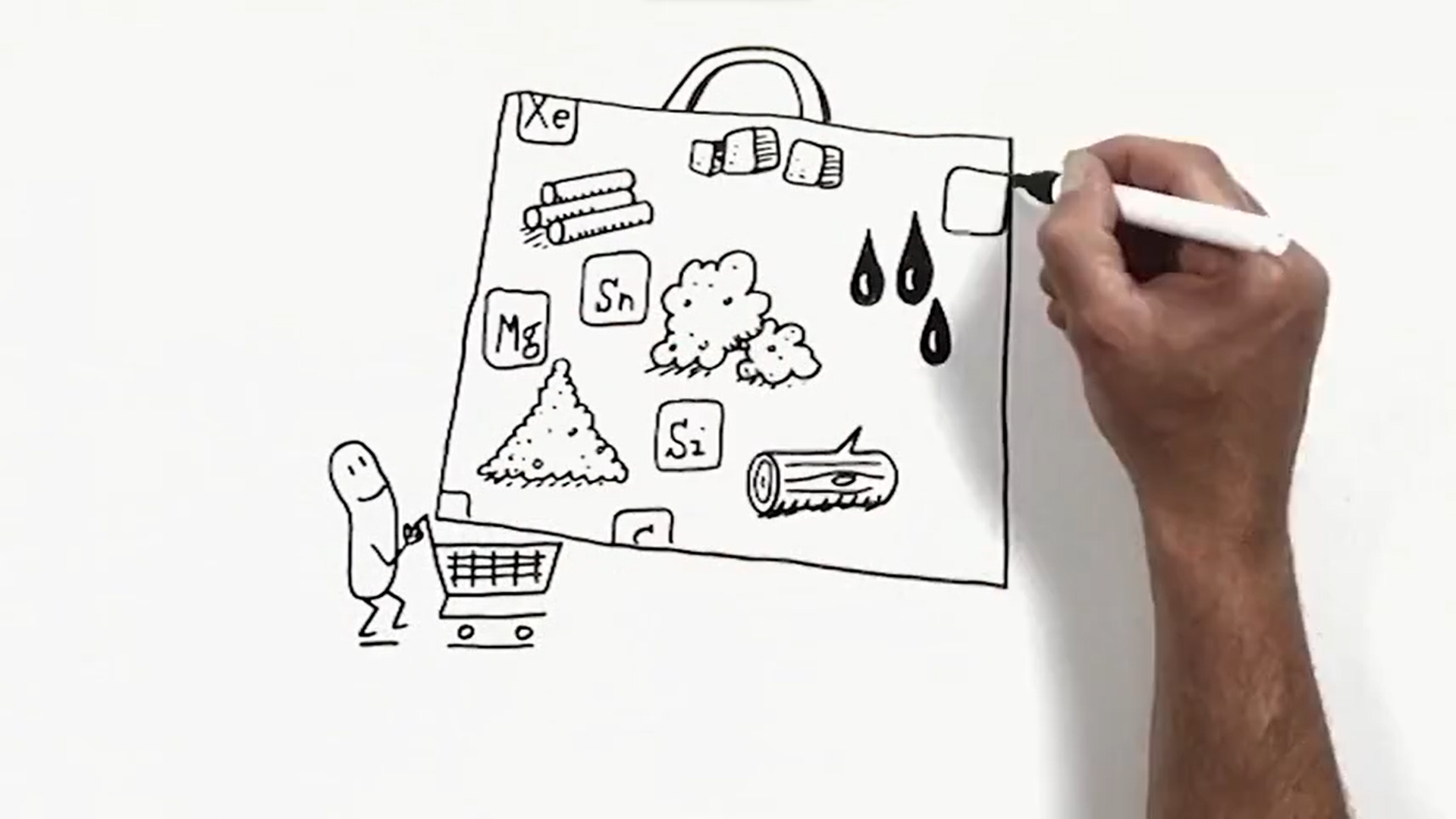Circular Economy
Text adapted and shortened from the European Parliament (2023):[1]
Circular economy is a model of production and consumption based on three key aspects:[2]
- design out waste and pollution
- keep in use products and materials
- regenerate natural systems
This involves sharing, leasing, reusing, repairing, refurbishing and recycling existing materials and products as long as possible. In this way, the life cycle of products is extended. When a product reaches the end of its life, its materials are reused within the economy wherever possible and waste is reduced to a minimum by recycling. This is a departure from the traditional, linear economic model, which is based on a take-make-consume-dispose pattern of extracting natural raw materials. The latter model relies on large quantities of cheap, easily accessible materials and energy and the maximising of profits.
The following graphic illustrates the differences between the traditional economic model, the interim model of reusing materials and the approach of circular economy:

Reusing and recycling products slows down the use of natural resources, reduces the disruption of the habitat and helps to limit the loss of biodiversity. Another benefit from circular economy is a reduction in total annual greenhouse emissions, as according to the European Environment Agency industrial processes and product use are responsible for 9.1% of the EU’s greenhouse gas emissions. Also creating more efficient and sustainable products helps to reduce energy and resource consumption. It is estimated that more than 80% of a product's environmental impact is determined during the design phase.
The world's population is growing and with it the demand for raw materials. However, the supply of crucial raw materials is limited. Finite supplies also mean some EU countries are dependent on other countries for their raw materials. Recycling raw materials mitigates the risks associated with supply, such as price volatility, availability and import dependency. This applies, for instance, to critical raw materials, needed for the production of technologies that are crucial for achieving climate goals, such as batteries and electric engines.


European Parliament (2018, April 9) - Multimedia Centre
Time to watch 1m13s
Graphic video: European Parliament: Repair re-use and recycle! URL: https://multimedia.europarl.europa.eu/en/share/V007-0034?autoplay=off&controls=on (1:13 minutes)
Bernd G. Lottermoser /
Matthias Schmidt (Ed.)
with contributions of
Anna S. Hüncke, Nina Küpper and Sören E. Schuster
Publisher: UVG-Verlag
Year of first publication: 2024 (Work In Progress)
ISBN: 978-3-948709-26-6
Licence: Ethics in Mining Copyright © 2024 by Bernd G. Lottermoser/Matthias Schmidt is licensed under Attribution-ShareAlike 4.0 International Deed, except where otherwise noted.


Further Informationen:
Project "Ethics in Mining"